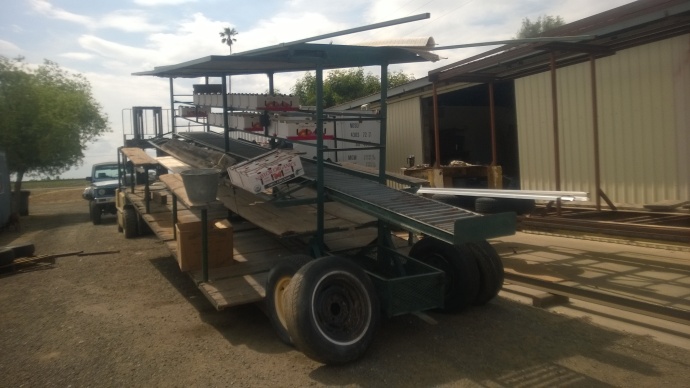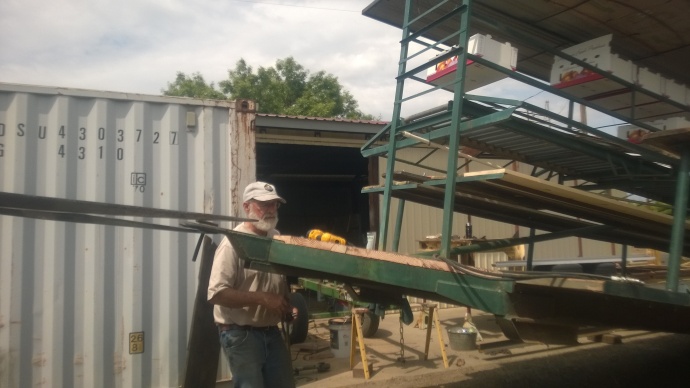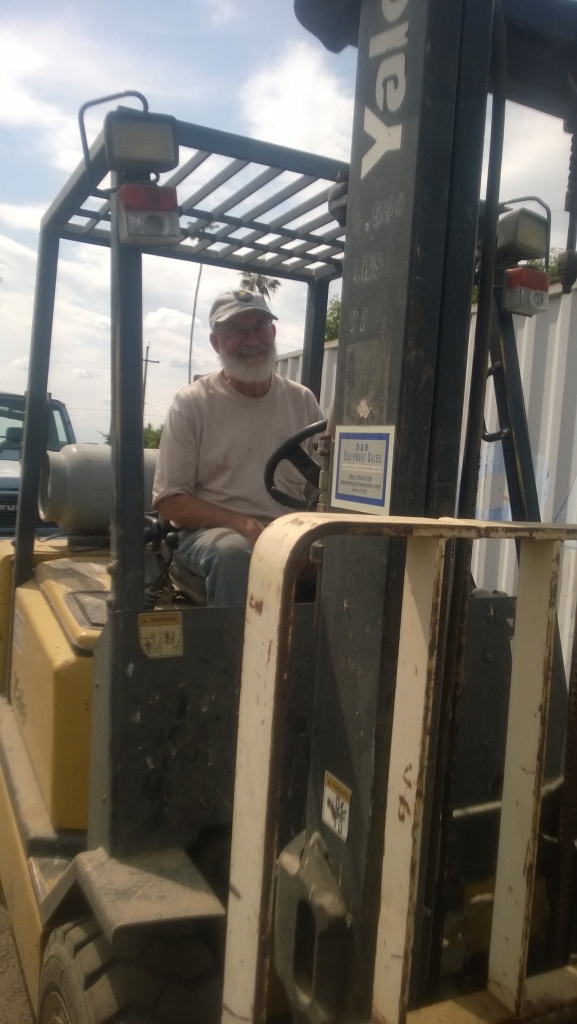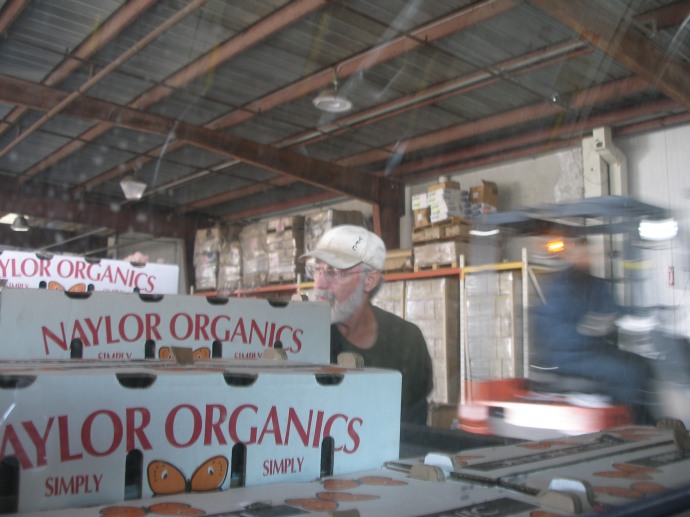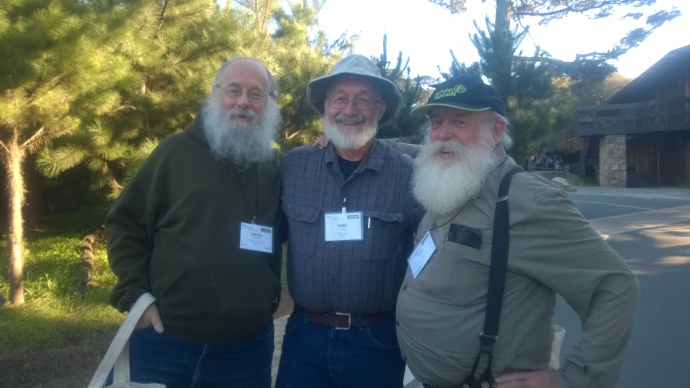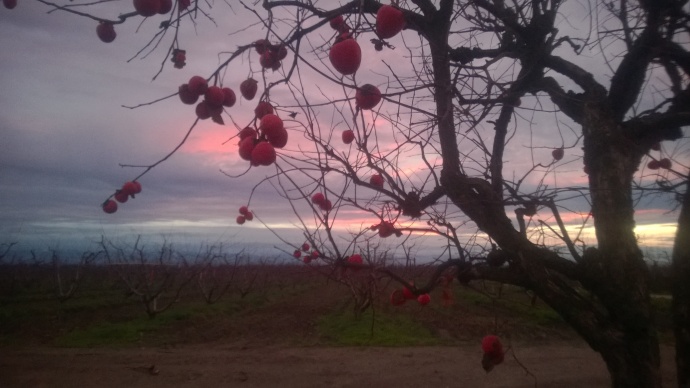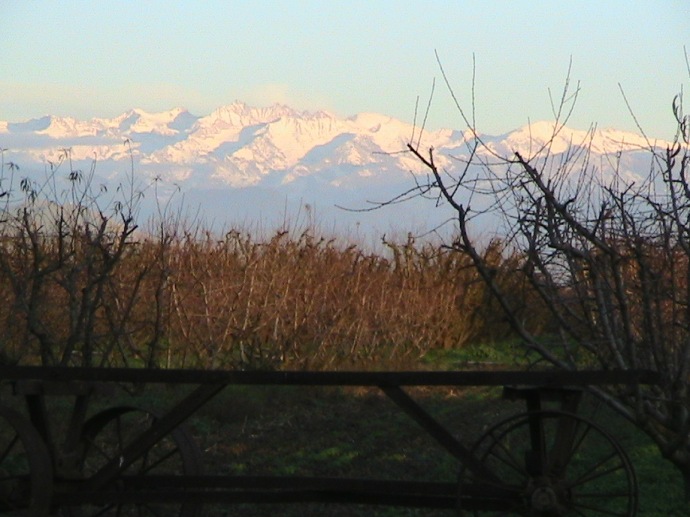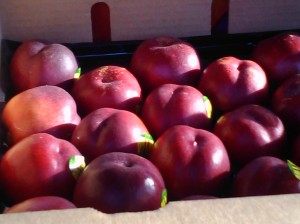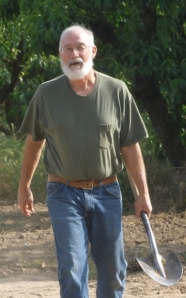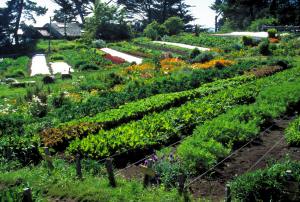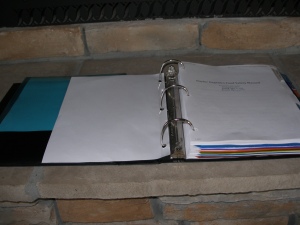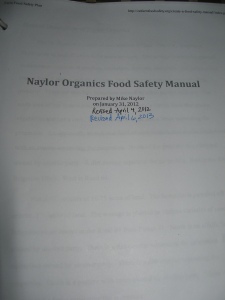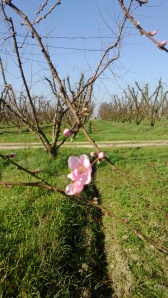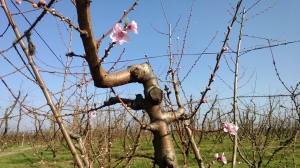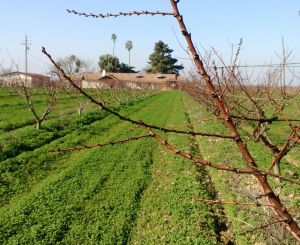As you may have discovered, retired farmers do NOT keep up with posting blogs, at least these retired farmers. This does not mean that we sit back and watch the weeds grow, however. We do still have our U-pick orchard and farm stay to keep us busy. In addition, Mike has numerous projects he is working on, some of which have been waiting years to be completed.
Retired farmers also still attend Ag-related events such as the World Ag Expo in Tulare, CA. The difference is that we are not on a hunt to find specific vendors, but are able to wander the grounds and enjoy visiting with vendors we know and meeting new ones just to chat. We were surprised to find a booth for Ag Data which we have been doing business with since the 1980s. We spoke with the founders and loved seeing their display of the old and the new technology they are using. Remember floppy disks?
Of course, like many retired people, we have done some traveling. Mike’s brother moved to New Zealand a year ago to practice medicine. He is only there temporarily, so we just had to visit. The farming there is mostly sheep and cattle ranching.
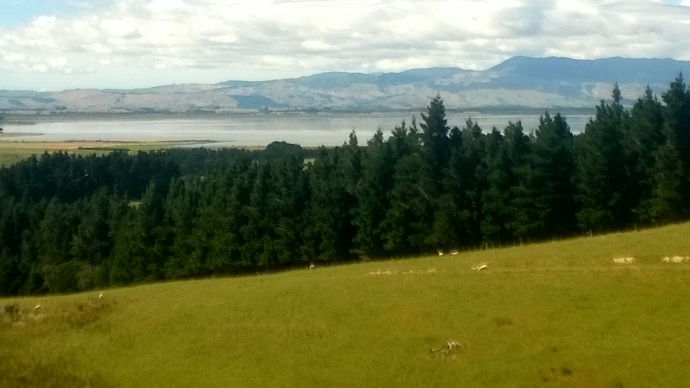
Train ride from Wellington to Masterton, NZ
We fly fish, so we couldn’t go to New Zealand and not try our luck. We took a rafting trip on New Year’s Day. The scenery was amazing, but the catching was poor.
We rented a car and explored the South Island. We stayed on several farms with Airbnb spaces. Much to our astonishment, we found another Naylor’s Farm Stay during our travels. We met with the adopted son of the original owners and had a nice chat.
The owners of one of our accommodations recommended a place to eat where the owner was the hotel bellhop, bartender, and waiter. He mentioned that many of his guests come to fly fish. He showed us photos of the large trout he recently caught and recommended an outfitter to us. We called and surprisingly (since it was holiday season there) they had an opening the next day. It was a bit of an upgrade from the rafting trip we took earlier. It was also much more productive as you can see.
One other unexpected treat on our trip was discovering a stone fruit farm. It was summer time there, so we had to stop at a farm and try their peaches. They even had the Springcrest variety that we grow. Naturally, we had to taste them. They were juicy and had good flavor, but were small and not organically grown.
Although we thoroughly enjoyed our vacation to New Zealand. There’s no place like home. The view from our farm is just as spectacular to us. We have had a much needed wet winter with a near record snow pack. This is good news since we have had drought conditions for the past 5 years. Our irrigation water comes from the nearby Sierra Nevada mountains. The blossoms are popping. The birds are courting. Life goes on, even after retirement.

































